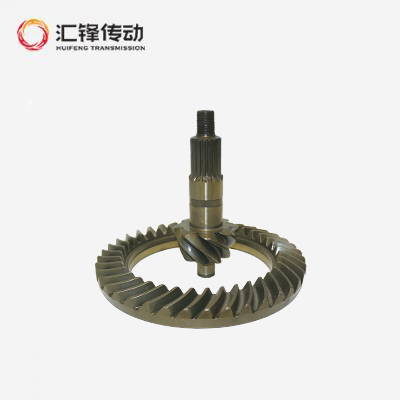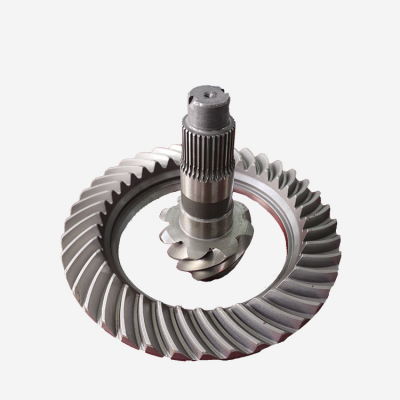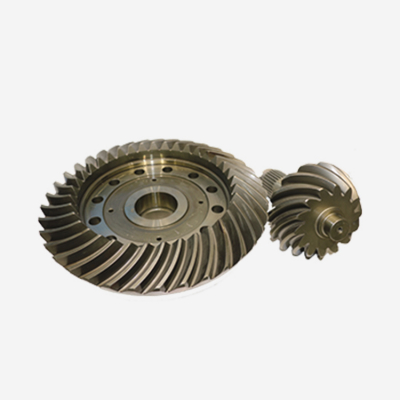Technical requirements for universal joint cross shafts of automobile transmission shafts
A universal joint cross shaft is produced in accordance with the standard requirements, and product patterns and technical documents are manufactured according to national standards. 2 Material: The cross shaft is made of low-carbon alloy steel, such as 20CrMnTi, 20Cr, 20MnVB, etc., according to GB3077-82 (Technical Conditions for Hehui Structural Steel). 3 Heat treatment: The cross shaft is made of low-carbon alloy steel, and the heat treatment method of carburizing and quenching is adopted.
A universal joint cross shaft is produced in accordance with the standard requirements, and product patterns and technical documents are manufactured according to national standards.
2 Material: The cross shaft is made of low-carbon alloy steel, such as 20CrMnTi, 20Cr, 20MnVB, etc., according to GB3077-82 (Technical Conditions for Hehui Structural Steel).
3 Heat treatment: The cross shaft is made of low-carbon alloy steel, and the heat treatment method of carburizing and quenching is adopted. The carburizing depth of the journal surface and the school surface meets the requirements. HRC5~64 journal surface and journal end surface hardness, HRC33~48 core hardness. .
The dimensional tolerance zone of the four-cross shaft journal conforms to the regulations of h6 or g6 in GB1801-79 "Tolerance and Fitting Dimensions to 500mm Hole, Shaft Tolerance Zone and Fitting", and the dimensional tolerance zone of the corresponding needle roller bearing inscribed circle diameter is F7, and the journal The size tolerance zone of the end-to-face distance is h8.
The surface roughness of the five-cross journal is not greater than 0.4, the journal end surface roughness is not greater than 0.8, the journal root fillet roughness is not greater than 3.2, and the journal end chamfer roughness is not greater than 6.3.
There are no cracks in the six-cross axis flaw detection inspection (when using magnetic flaw detection, it should be demagnetized after flaw detection).
There should be no defects such as bumps, scratches, and black shifts on the processed surfaces of the seven cross shafts, and burrs and sharp edges should be removed; oxide skin should be removed on non-processed surfaces.
This requirement is applicable to the universal joint cross shaft of the automobile drive shaft. The cross shaft must pass the inspection of the manufacturer's inspection department before leaving the factory, and a document proving the product's quality is attached.




